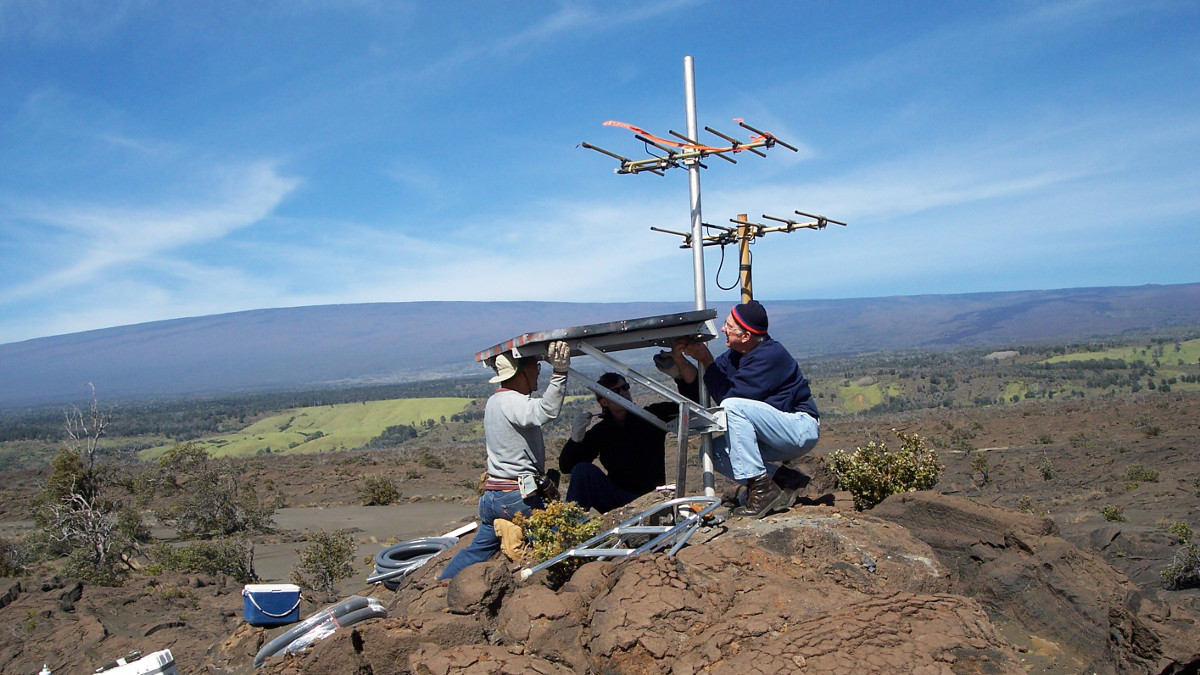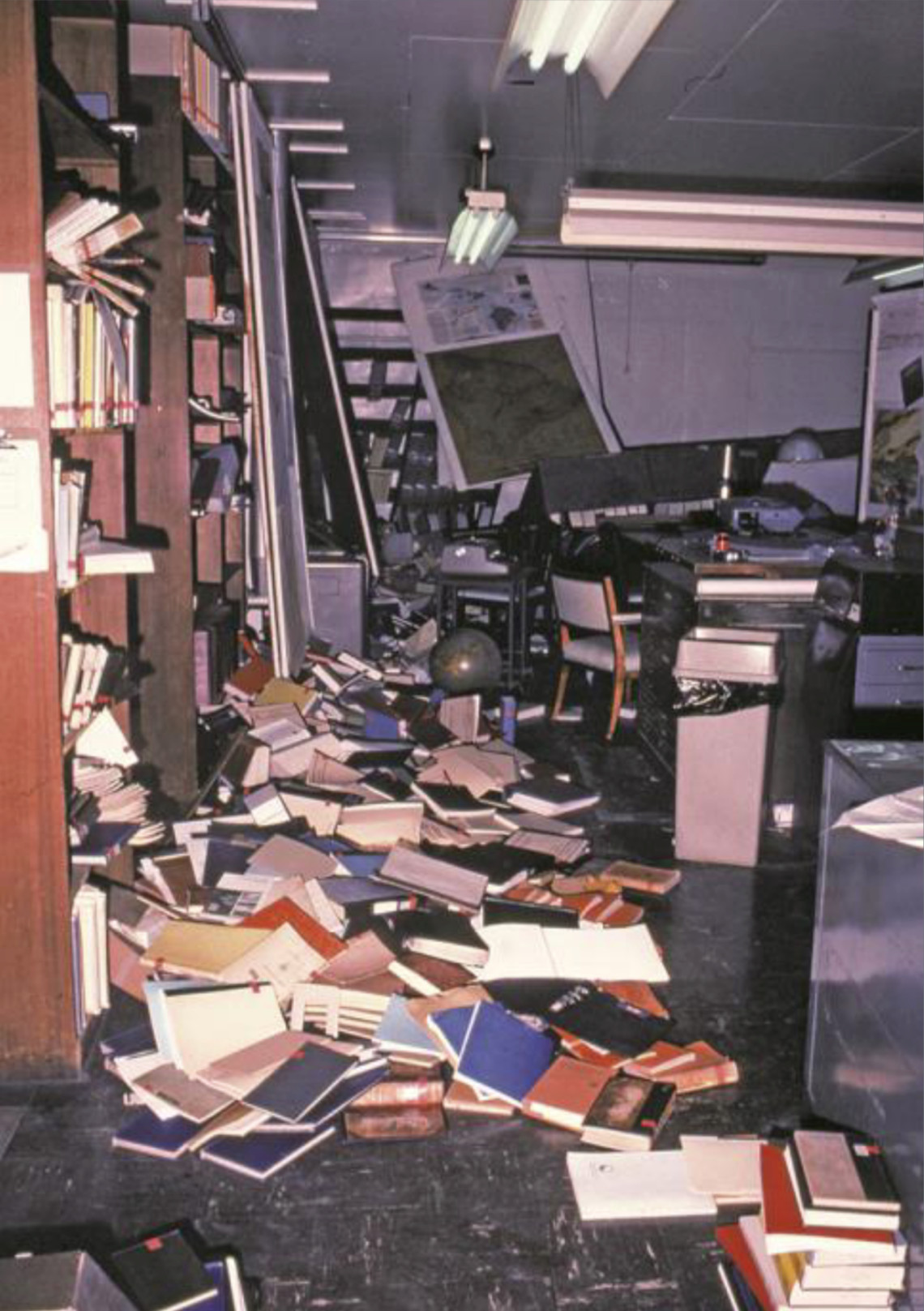(BIVN) – Ahead of the “Great Hawaii ShakeOut” this month, scientists and affiliates of the U.S. Geological Survey Hawaiian Volcano Observatory wrote about earthquake prediction in this week’s Volcano Watch article:
There will be a magnitude-6 earthquake this week. This is true—we just don’t know where. Probabilistically, at least one magnitude-6 earthquake will happen on Earth on any given week.
There will be a magnitude-7 earthquake in Alaska. This is true—we just don’t know when. Replace Alaska with any square-inch on Earth, and that place will experience a magnitude-7 earthquake sometime in the future: it could be tomorrow, next month, or in the next few million years, but no location on Earth is exempt from a damaging earthquake.
There will be an earthquake in Hawaii tomorrow. This is true—we just don’t know how big. Actually, we can get some magnitudes generally right—there will be a magnitude-1 earthquake in Hawaii tomorrow. This is true—it just isn’t detected by anything other than sensitive monitoring equipment, so the prediction isn’t publicly relevant.
The timing of larger, damaging earthquakes is harder to narrow down. We can look at the record of earthquakes over the past 200 years in Hawaii to understand where large, damaging earthquakes have occurred in the past, but there is no way to reliably predict when damaging earthquakes will happen.
Of course, that’s not going to stop us, humans, from trying anyway. There are numerous methods, scientific or otherwise, that people use to try to predict “the next big one.” These methods deserve their own “Volcano Watch” someday.
Whether we understand the scientific method or believe in predictions, one question comes to mind: what do we do with that information? We get ready. We prepare.
Earthquake preparedness can happen at any time. This is true—we don’t need predictions of a “big one” to actually be ready for a damaging earthquake.
One way that you can train yourself to be ready for a damaging earthquake is to participate in an earthquake drill. Last year, over 42,000 individuals in the State of Hawaii participated in an annual earthquake preparedness drill, called “The Great Hawaii ShakeOut.”
International ShakeOut day, which “The Great Hawaii ShakeOut” is a part of, is always the third Thursday of October.
The date of the ShakeOut determines the time of the earthquake drill. This year, we invite everyone in Hawaiʻi nei to “Drop, Cover, and Hold on!” on Thursday, October 15th (10/15), at 10:15 a.m. local time.
Register yourself, family, business, or organization as participants in the 2020 Great Hawaii ShakeOut on the web at shakeout.org.
During “The Great Hawaii ShakeOut,” the public is encouraged to practice “Drop, Cover, and Hold on!” as part of the earthquake drill. “Drop, Cover, and Hold on!” will help reduce the risk of being knocked down or injured during an earthquake for most indoor situations, but not all. The ShakeOut website provides more detailed earthquake safety actions for other situations: outdoors, at school or work, at the beach, or while driving a car.
While knowing what to do during an earthquake is important, it’s also important to know what should be done before and after an earthquake. Did you know that we can greatly reduce earthquake damage with a few simple life hacks, by using putty or Velcro® strips to secure items before an earthquake happens?
After an earthquake passes, there are other hazards that should be considered, such as damaged utility lines and the potential for a tsunami being generated. Which utilities should be turned off after a damaging earthquake? How far do you go up mauka (uphill) to be safe from a tsunami?
Find the answer to these and other questions at http://shakeout.org/hawaii. Make sure to register as a ShakeOut participant and start preparing for earthquakes before they happen.
On 10/15 at 10:15 a.m., join the USGS Hawaiian Volcano Observatory ʻohana by participating in the “Drop, Cover, and Hold on!” drill as part of the 2020 Great Hawaii Shakeout. Tag us on social media (@USGSvolcanoes on Twitter, Instagram, or Facebook) to let us know how you are preparing to stay safe during an earthquake.
(ABOVE) USGS: “The Hawaiian Volcano Observatory library after the magnitude-6.6 Ka‘ōiki earthquake on November 16, 1983. Much of the injuries caused by large earthquakes are from falling objects, which can be prevented by securing items to the wall. In the case of books, it is best to have shelves with raised edges to lessen the chance of objects sliding off.” USGS photo.



by Big Island Video News7:42 am
on at
STORY SUMMARY
HAWAIʻI ISLAND - Scientists say major earthquakes cannot be predicted. "The best anyone can reliably do is get two out of three correct, for earthquakes that impact the public," they wrote.